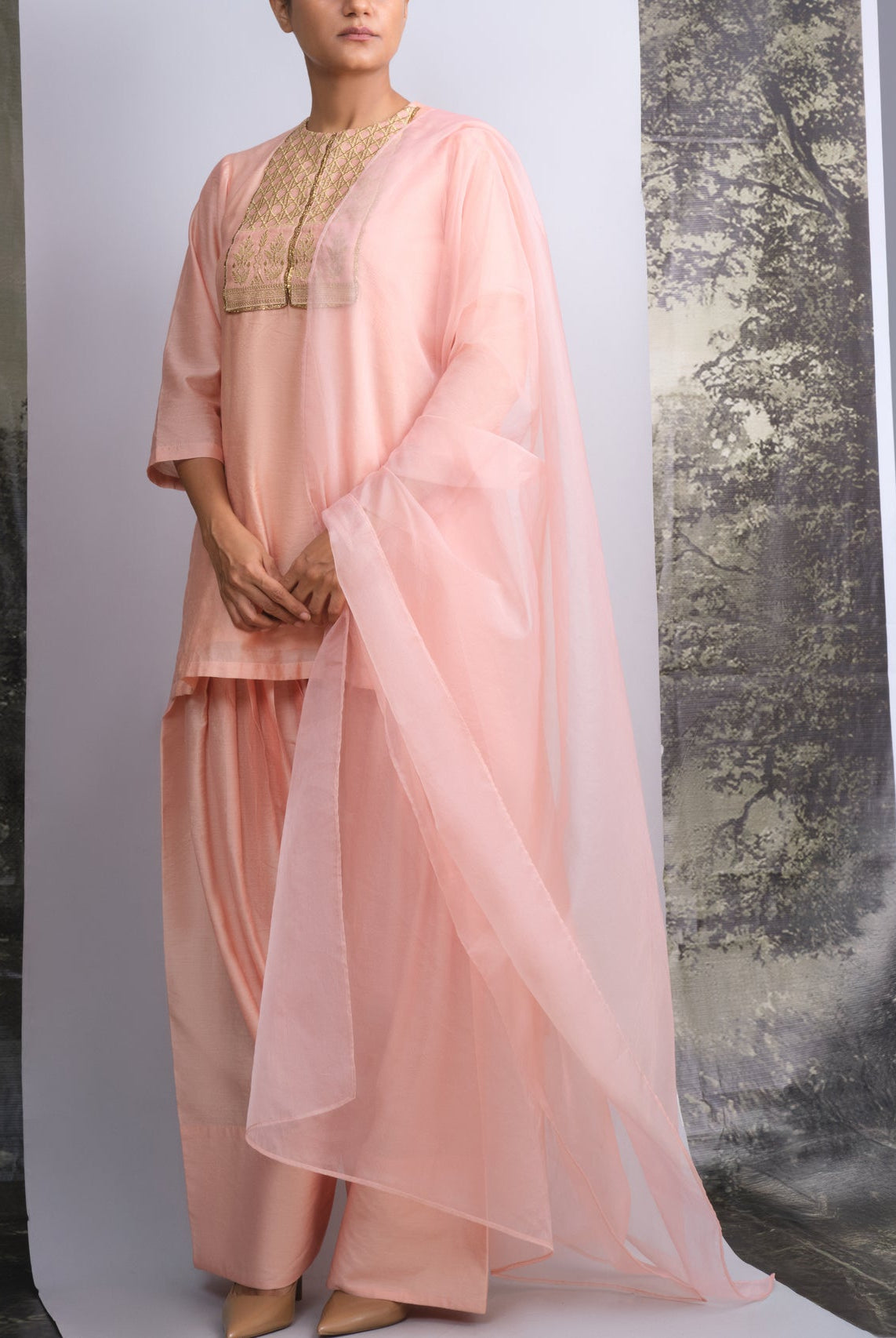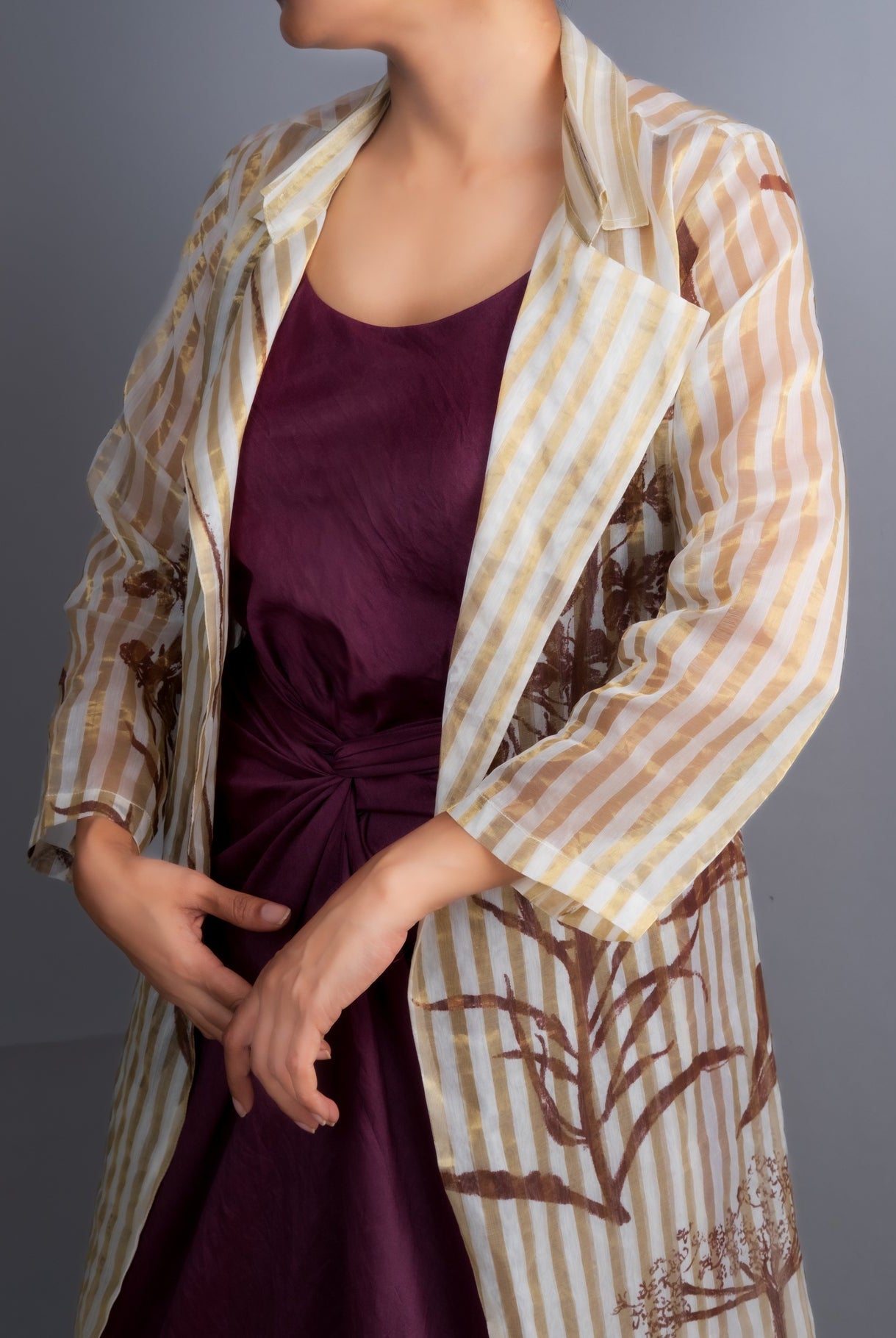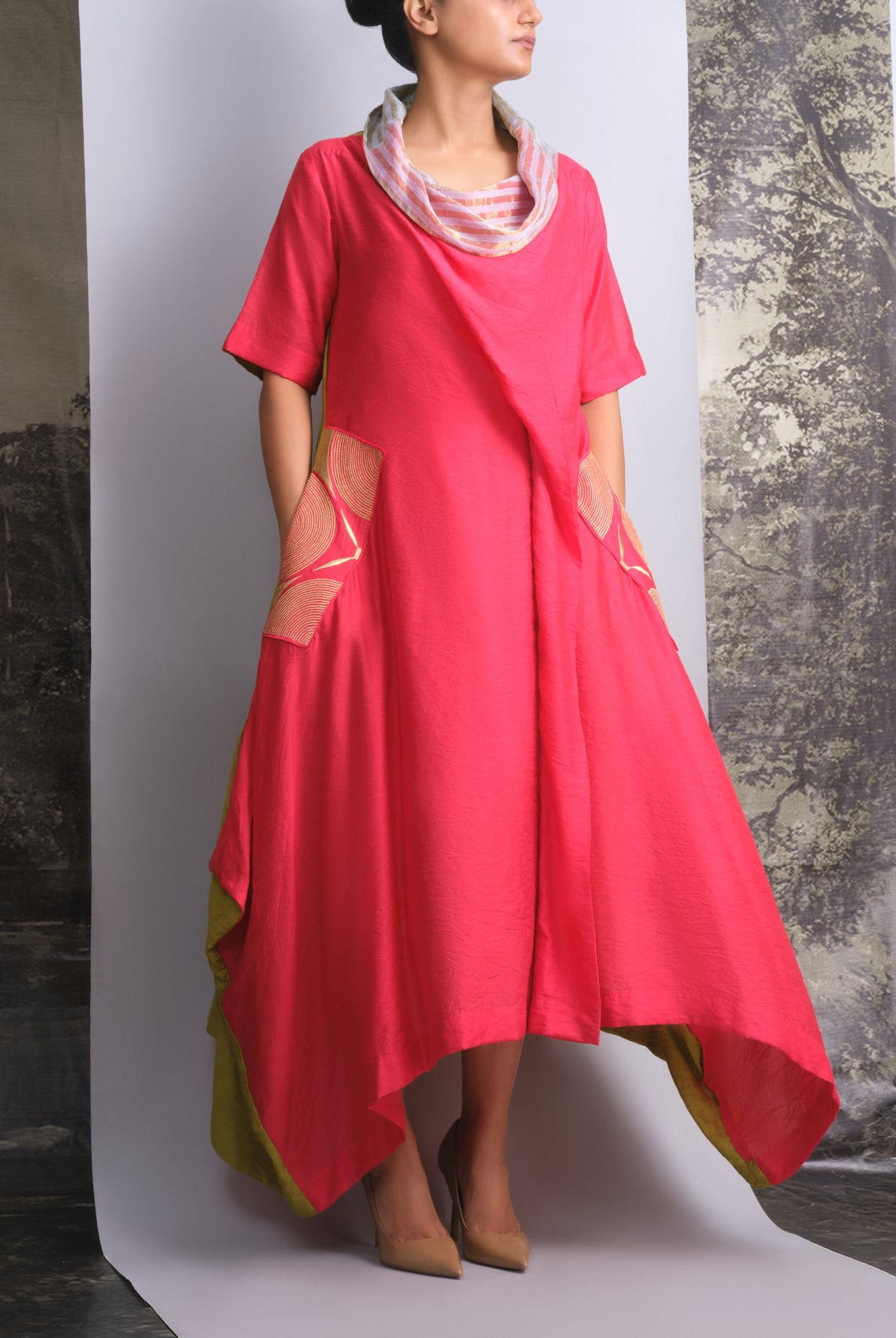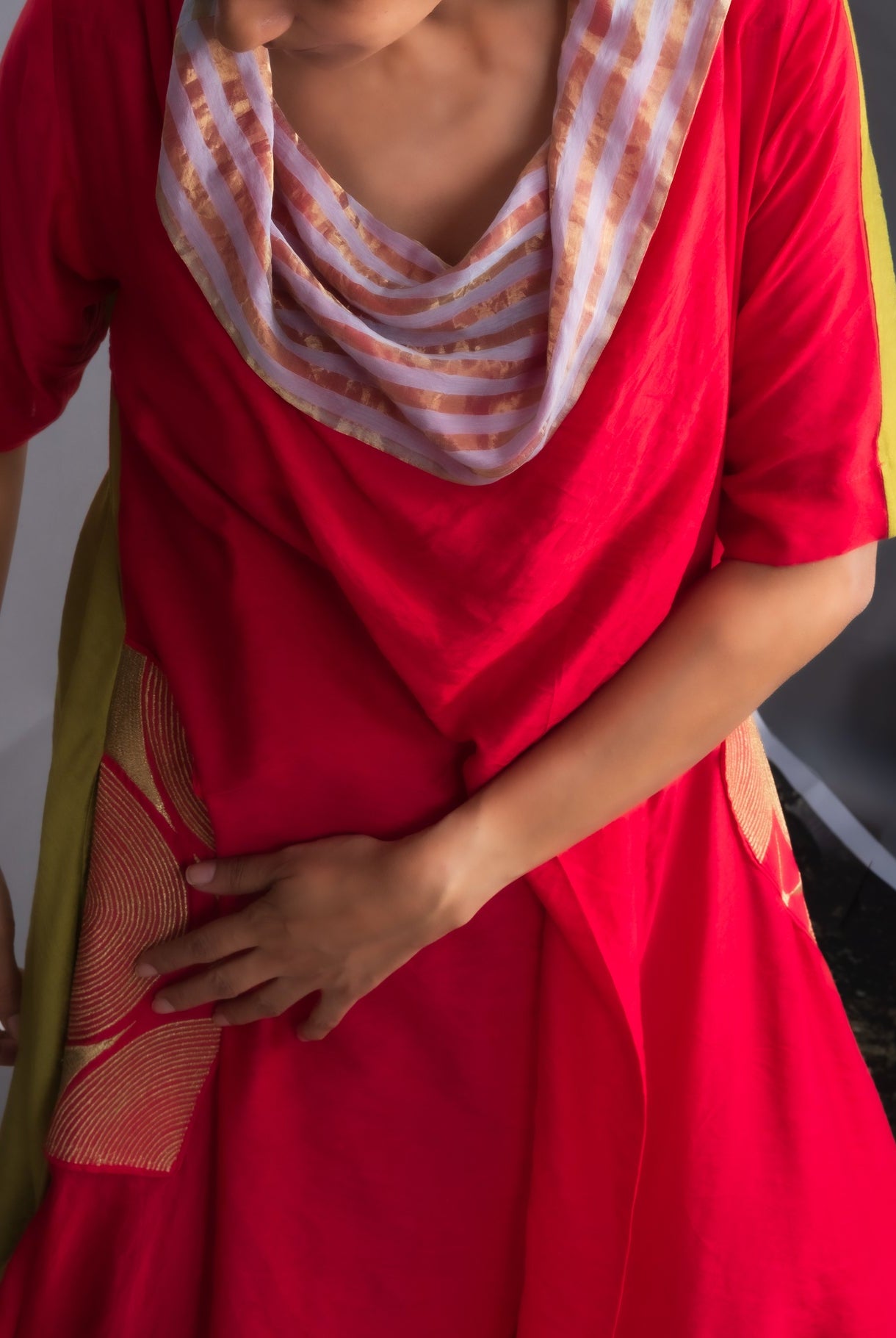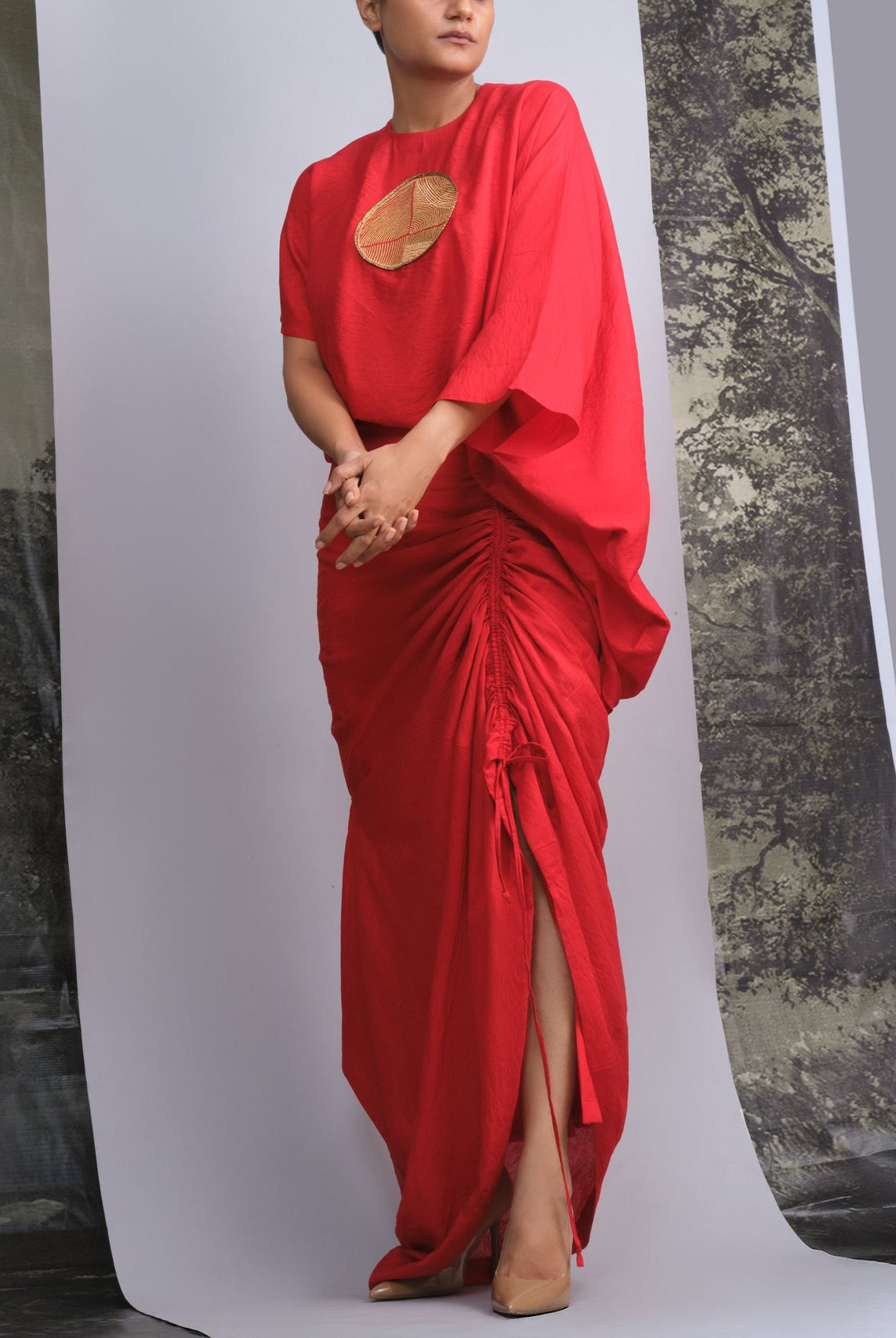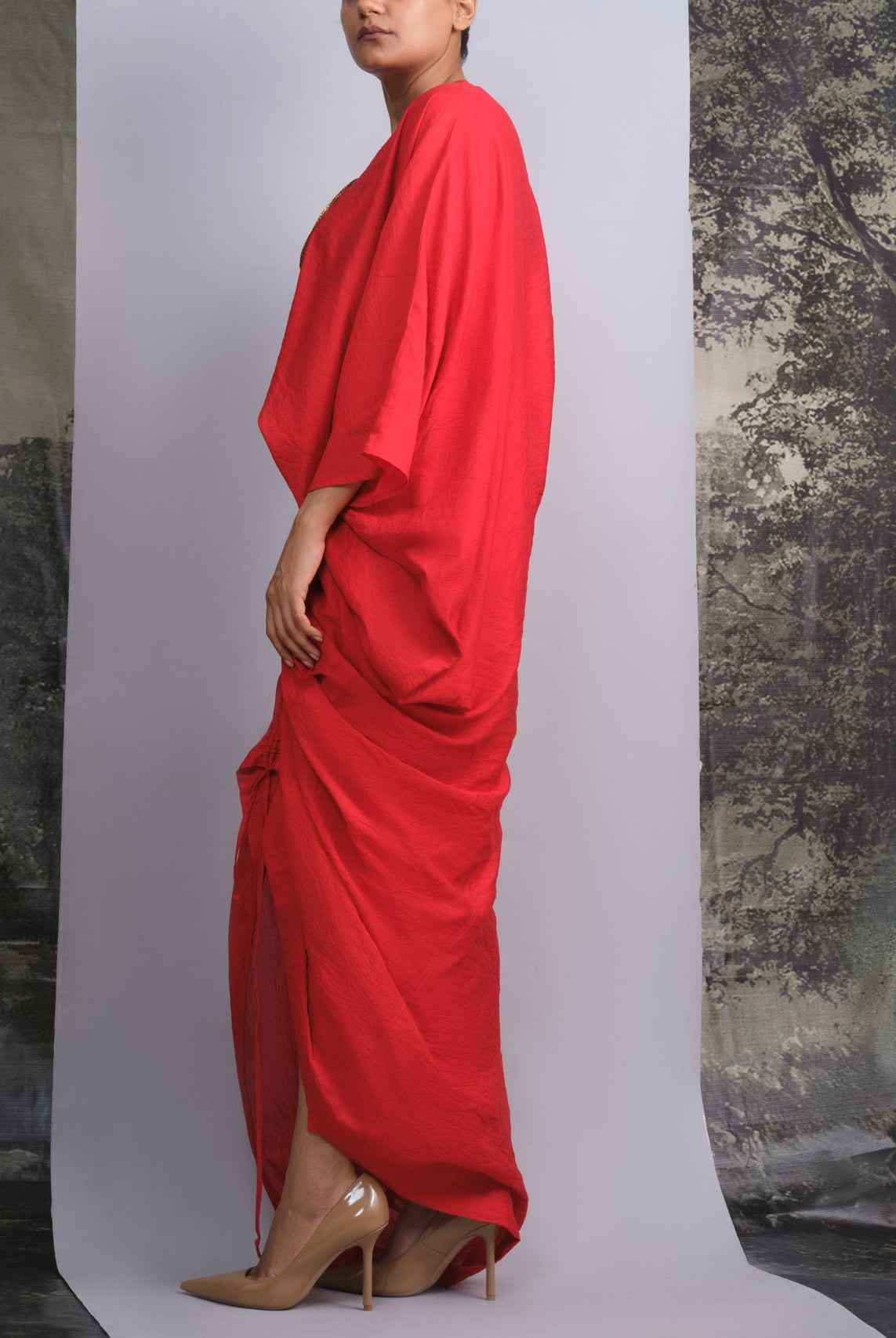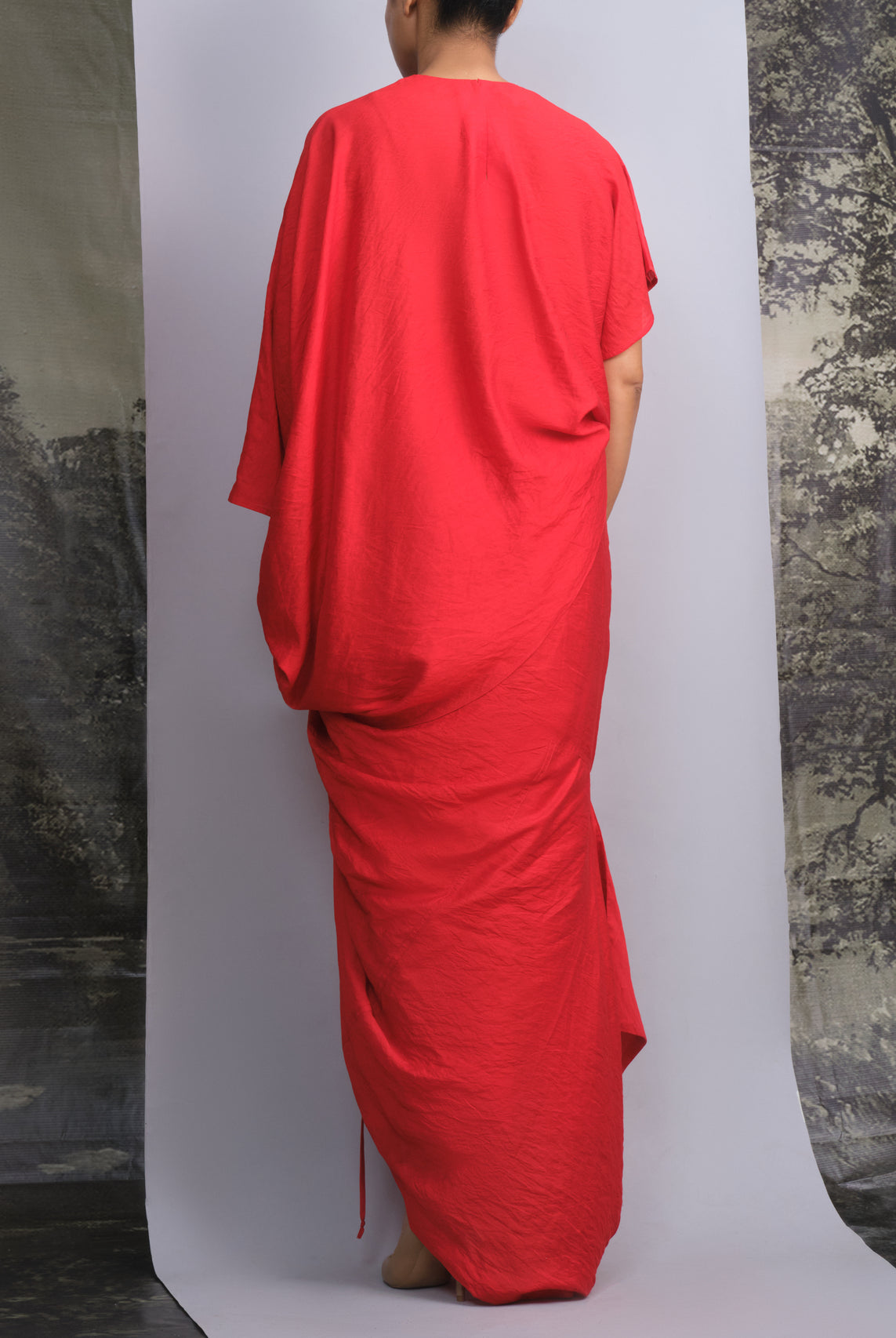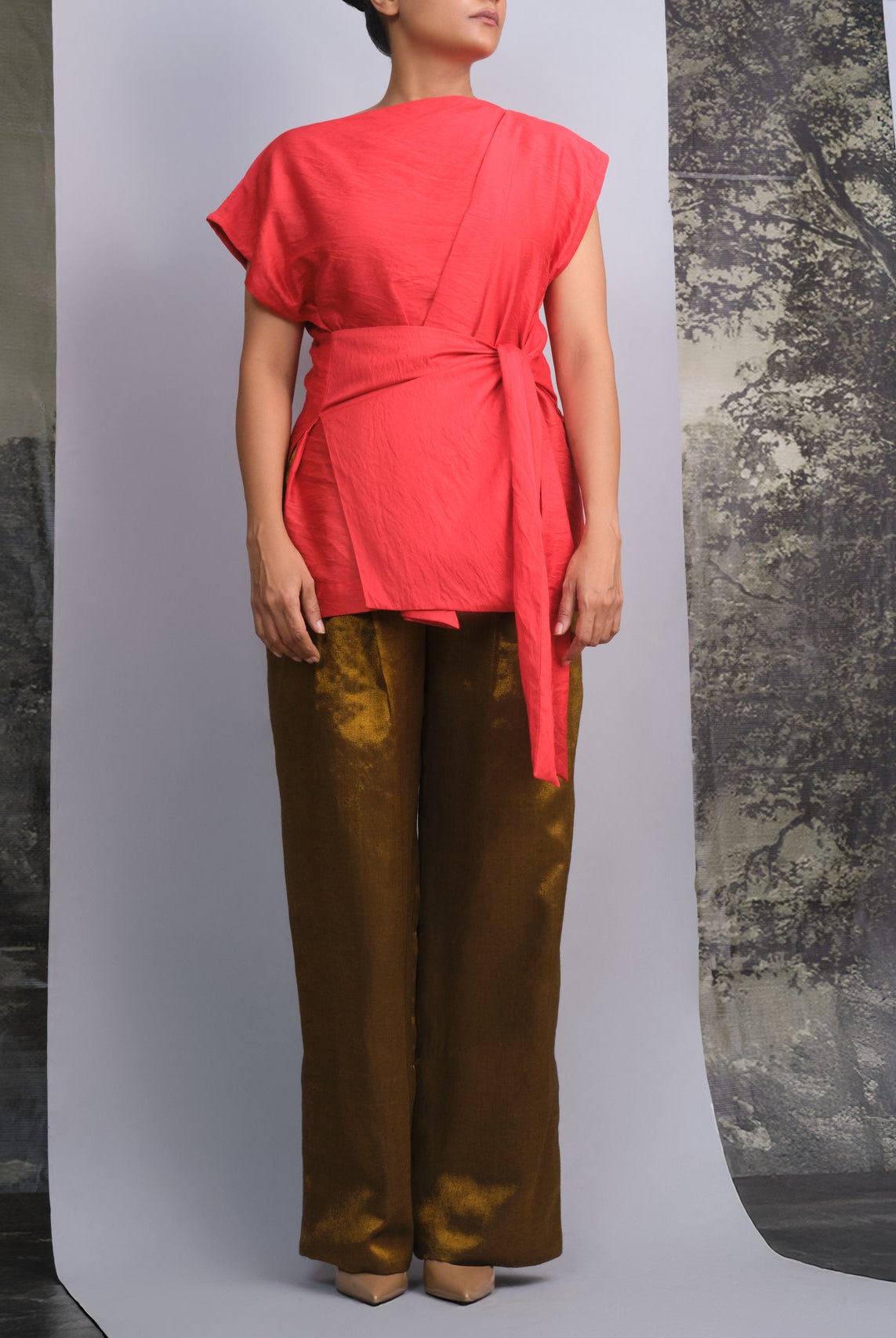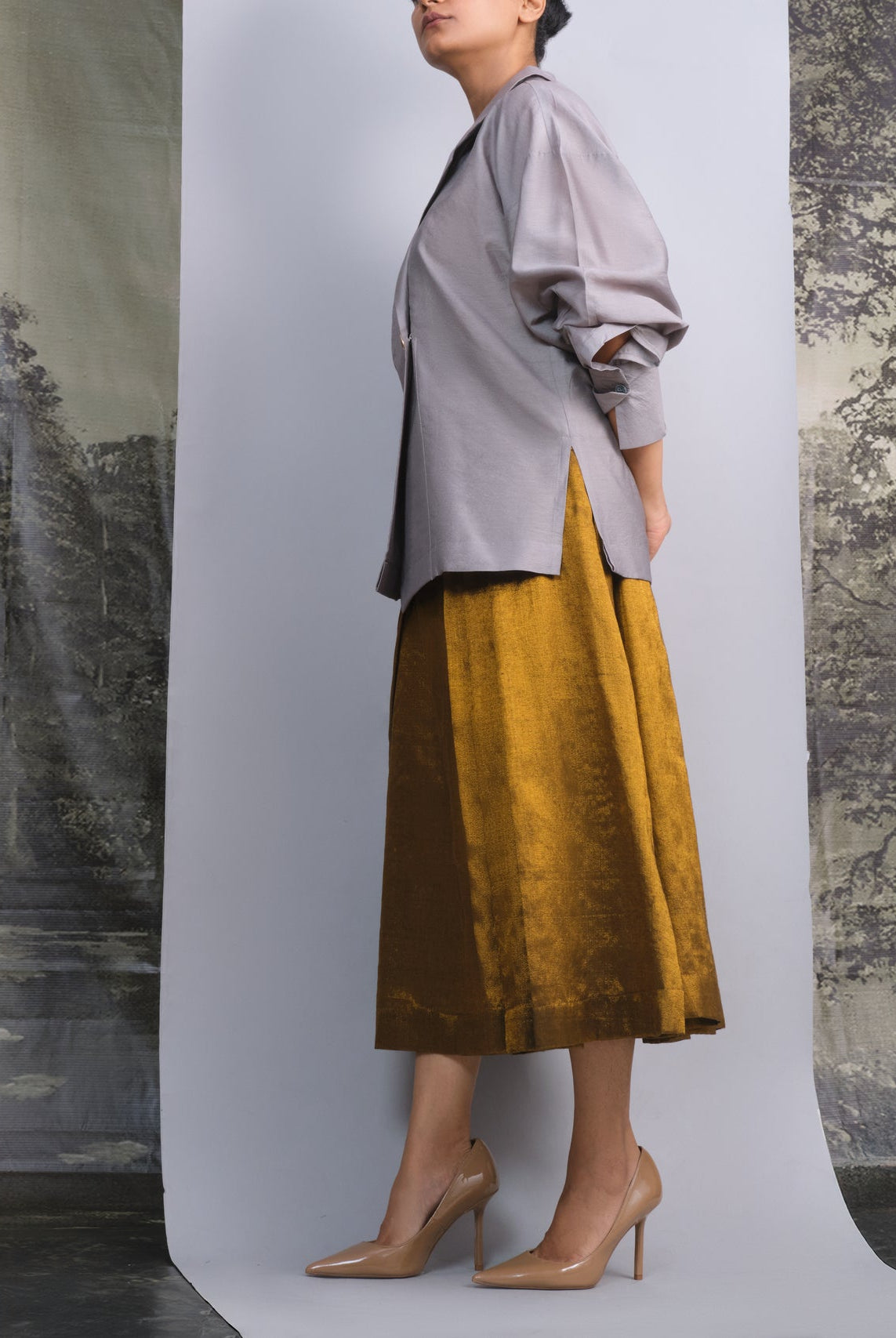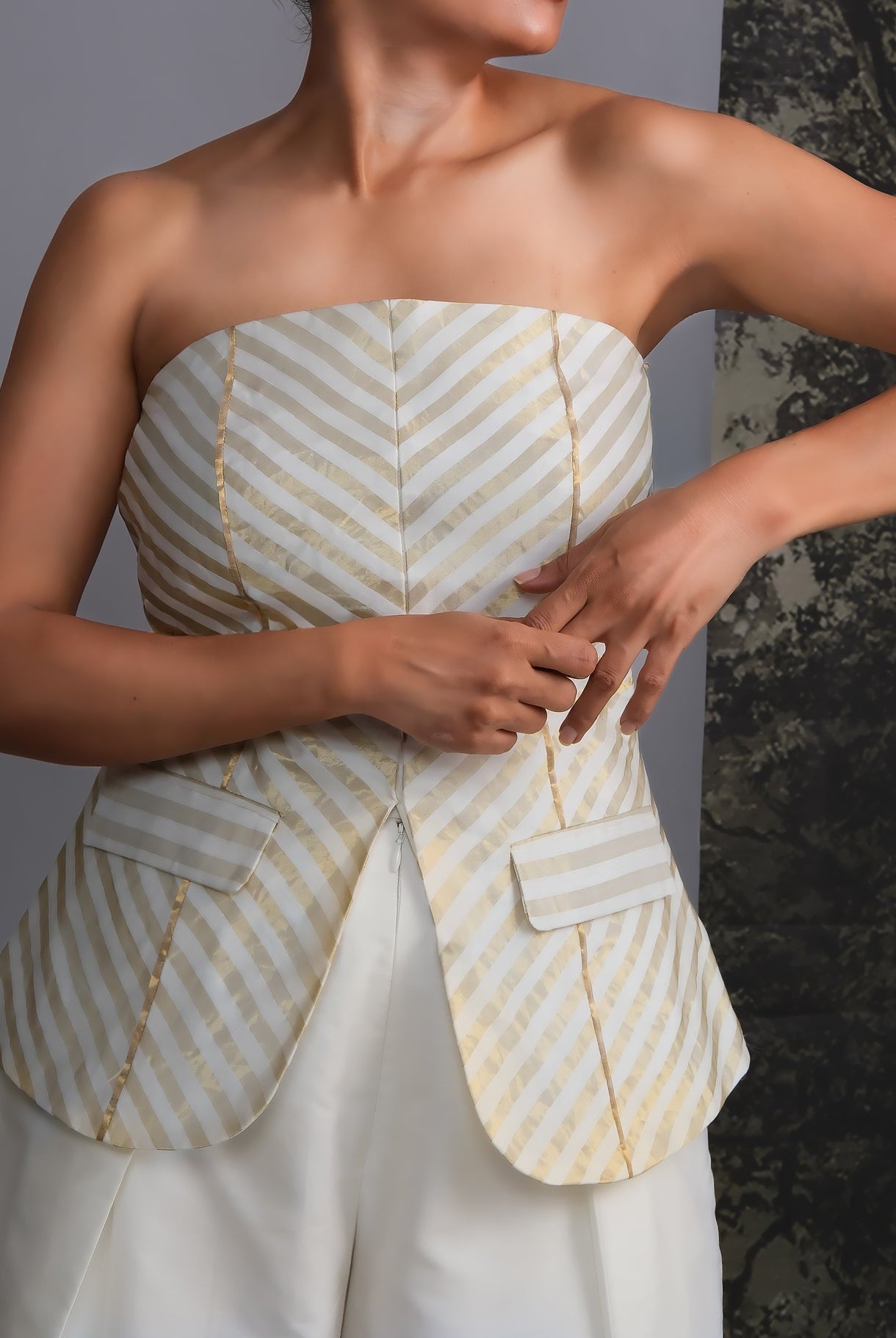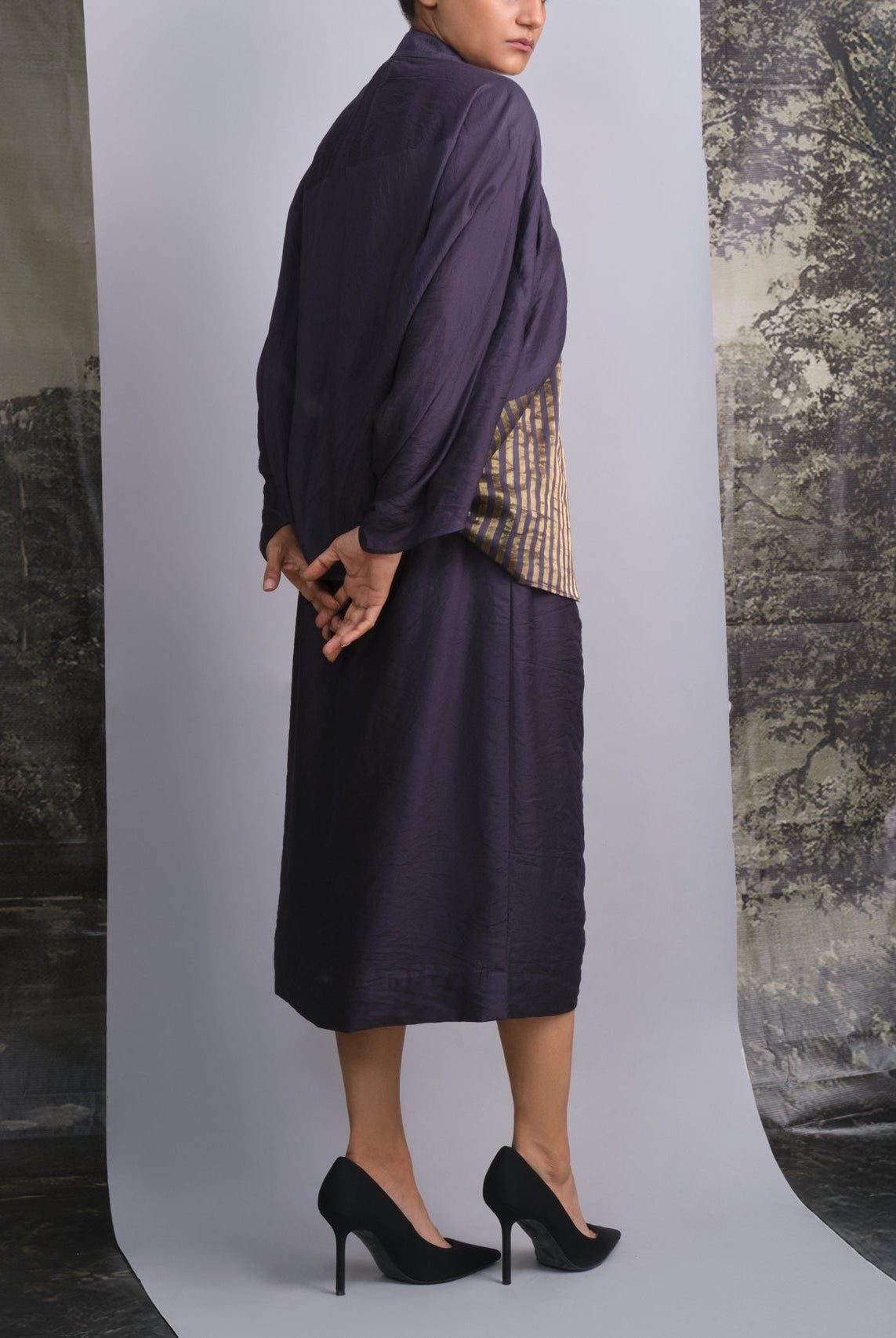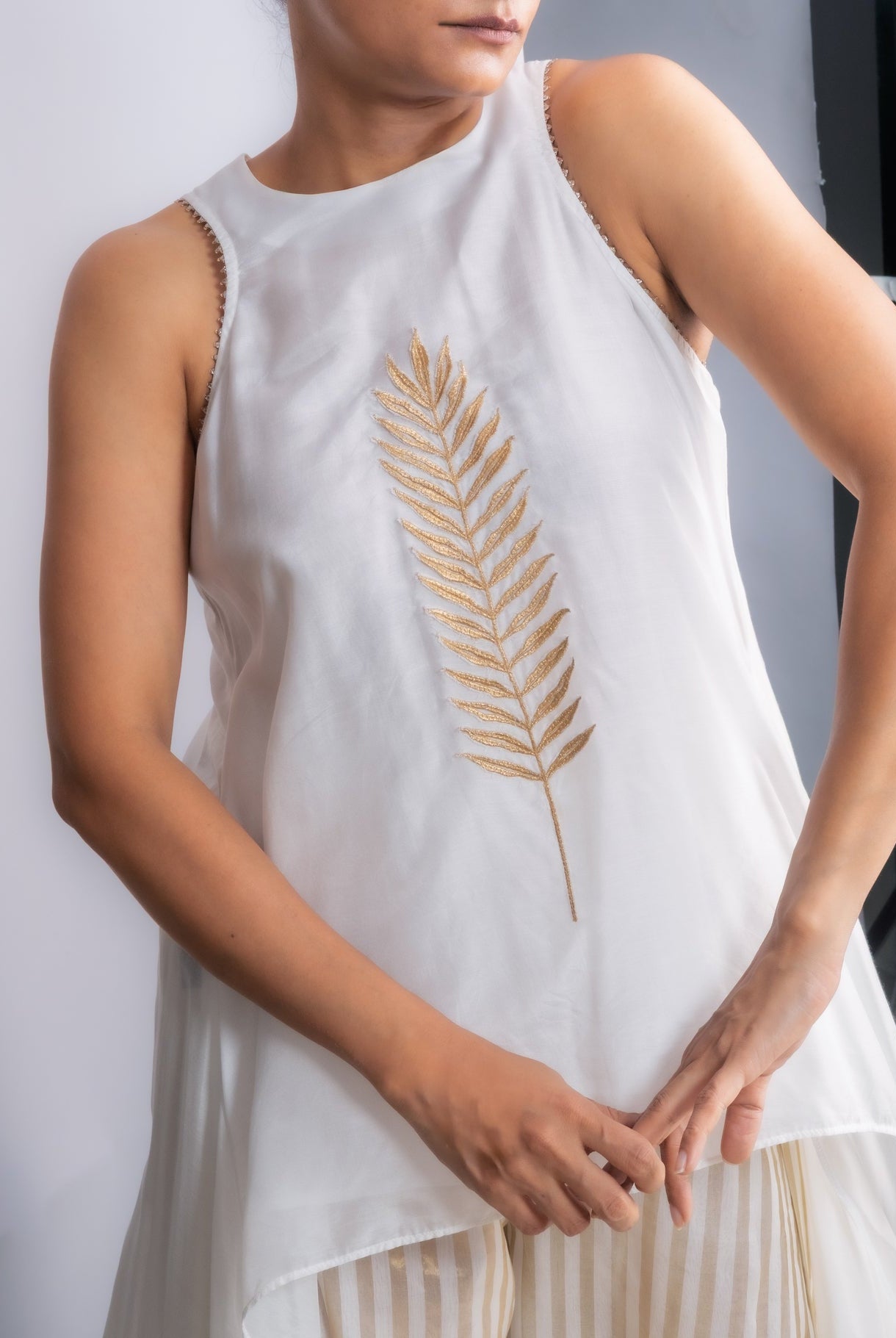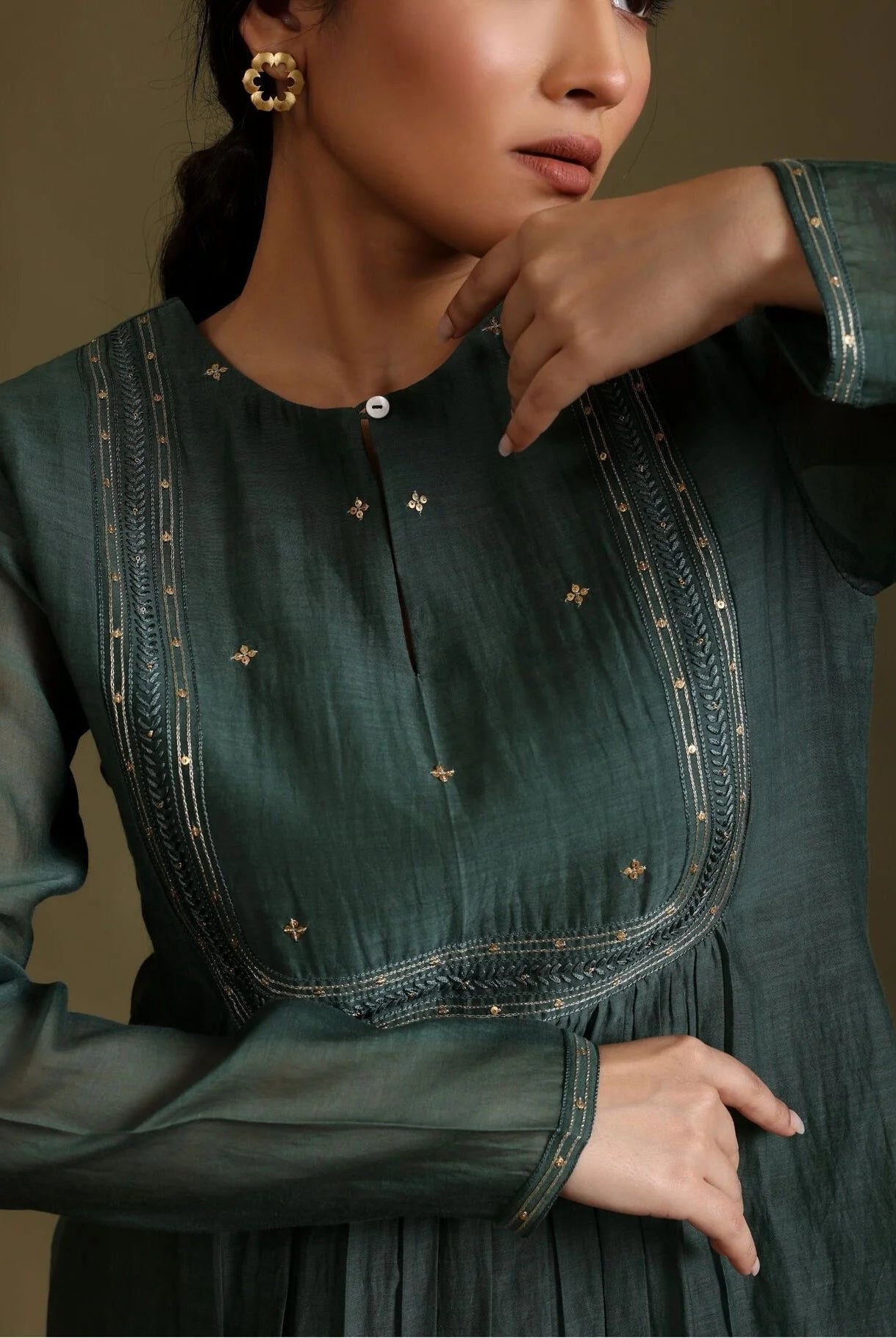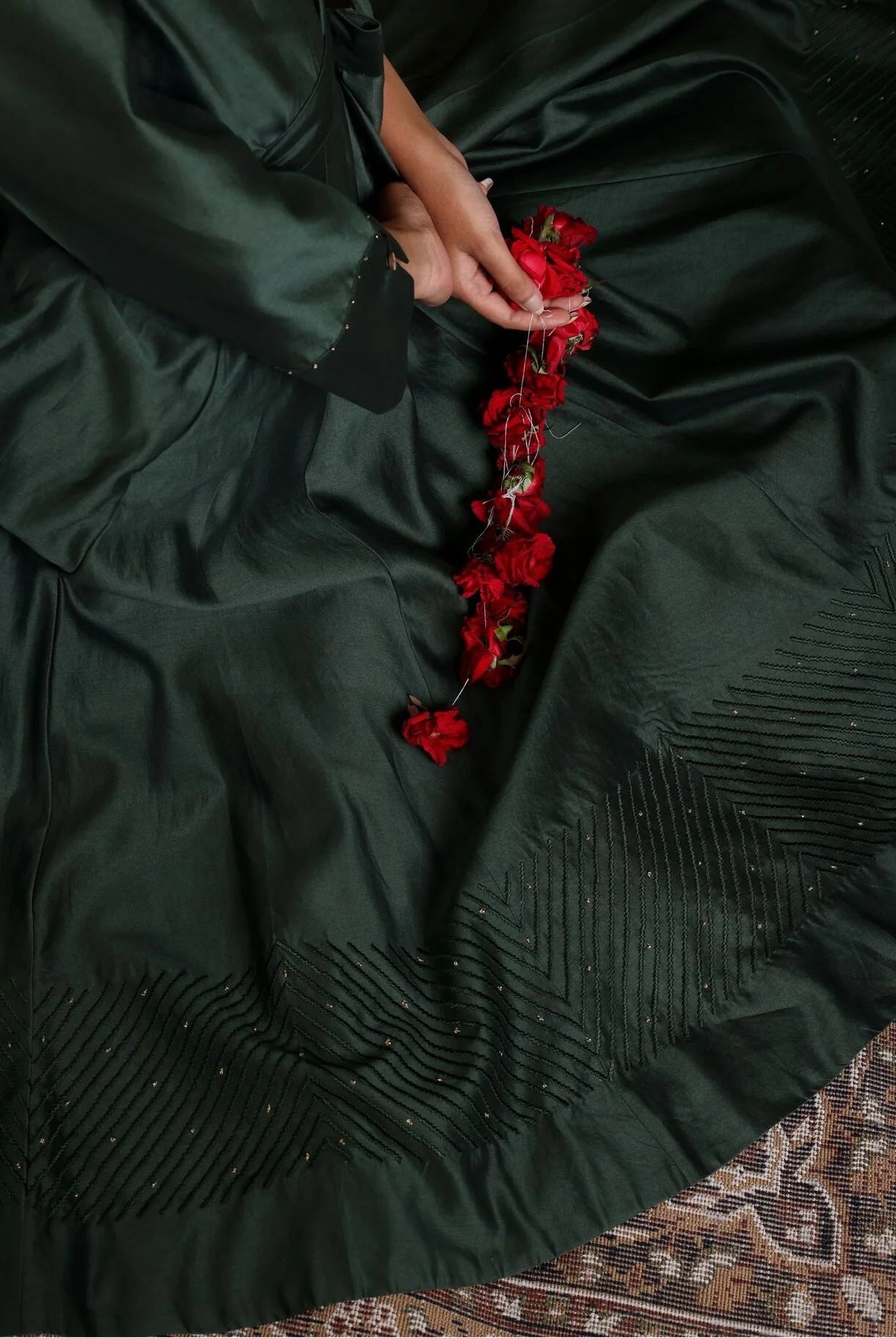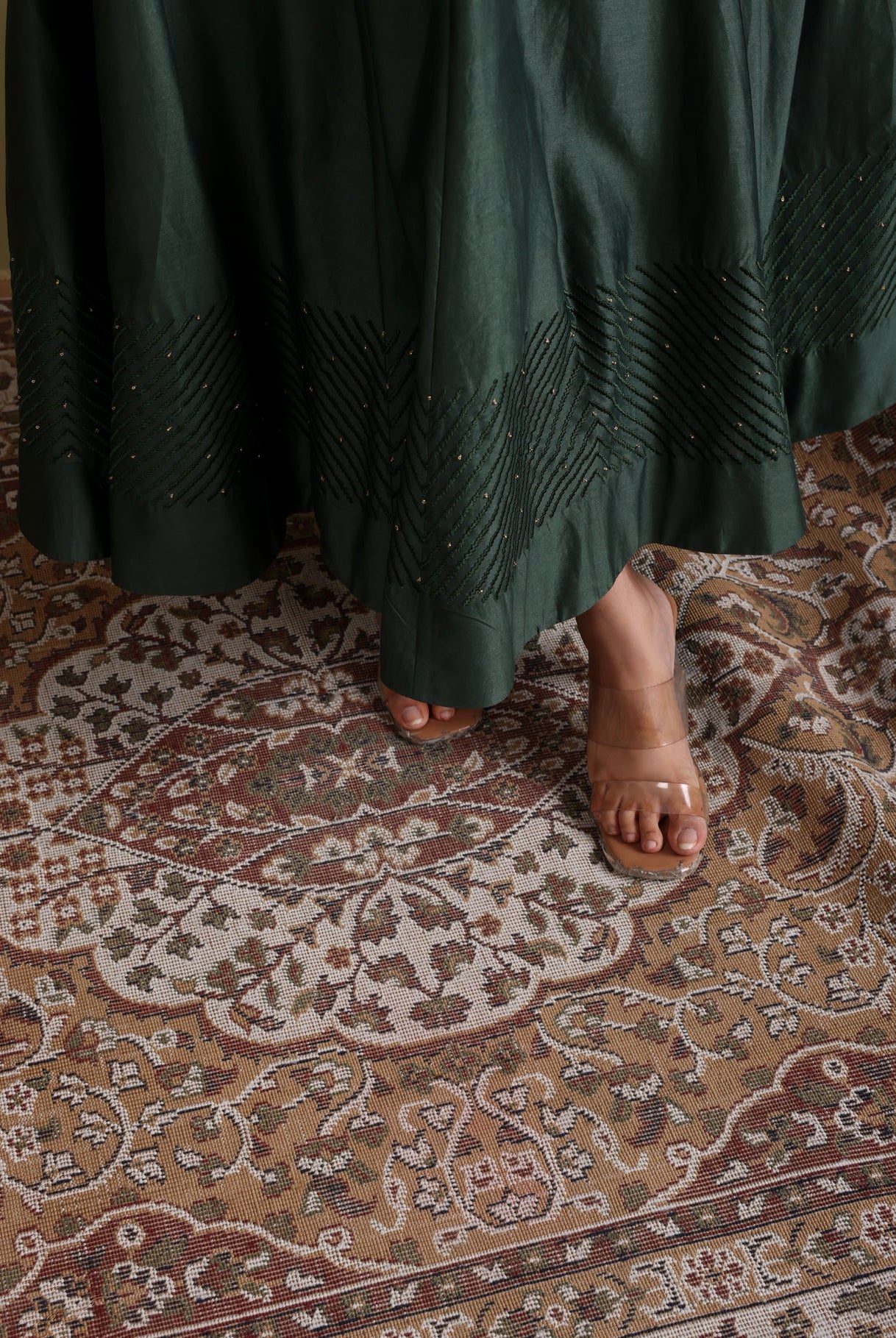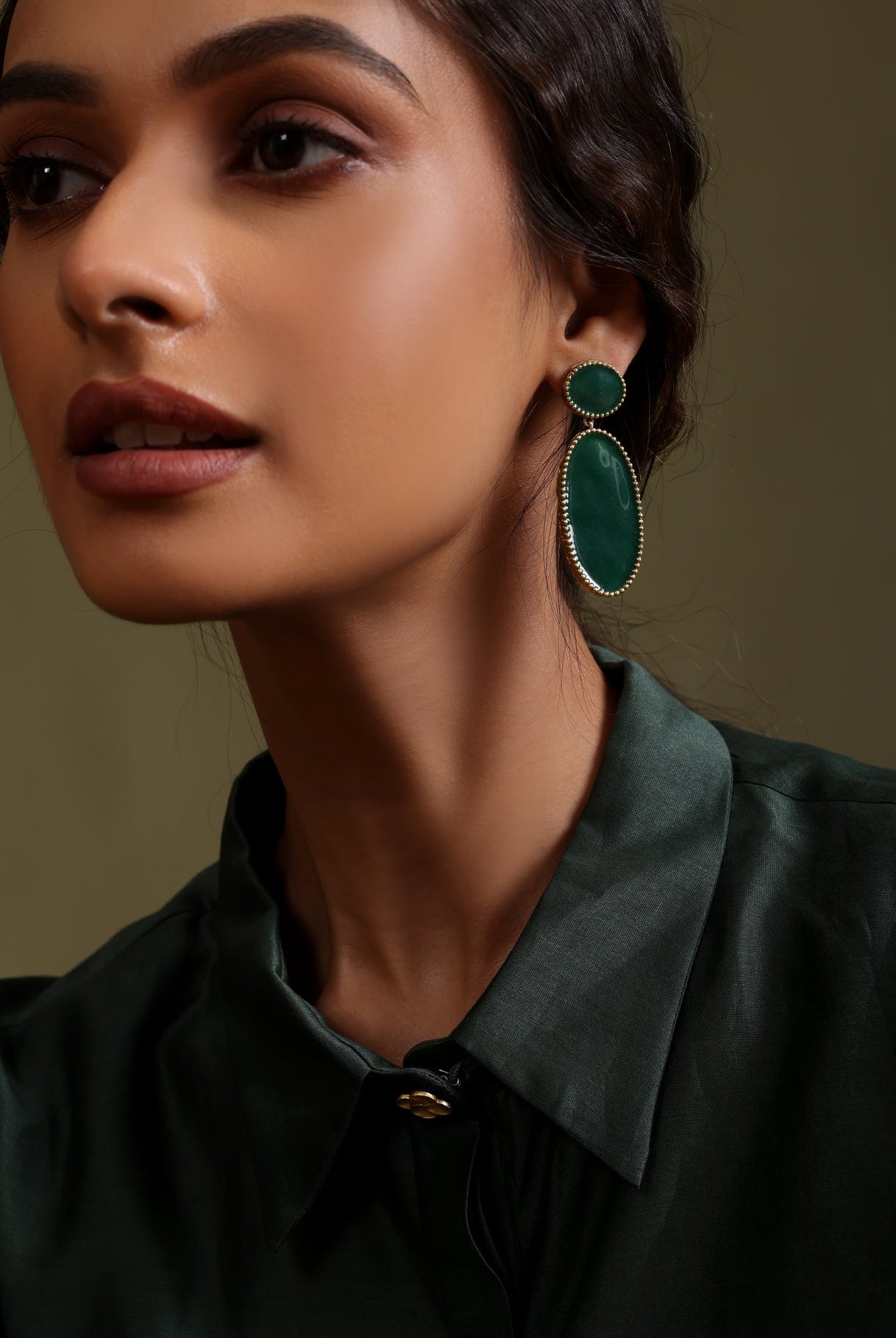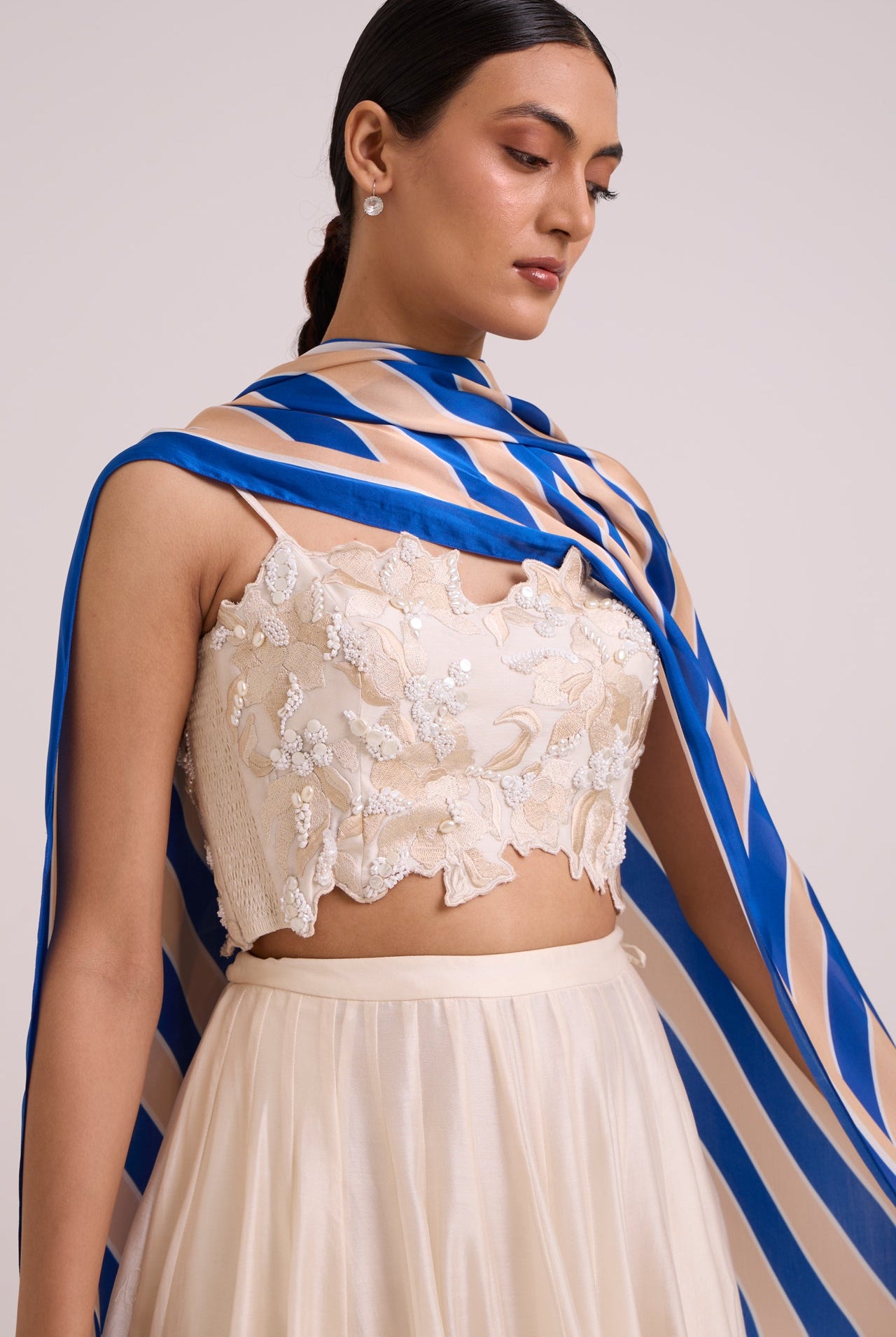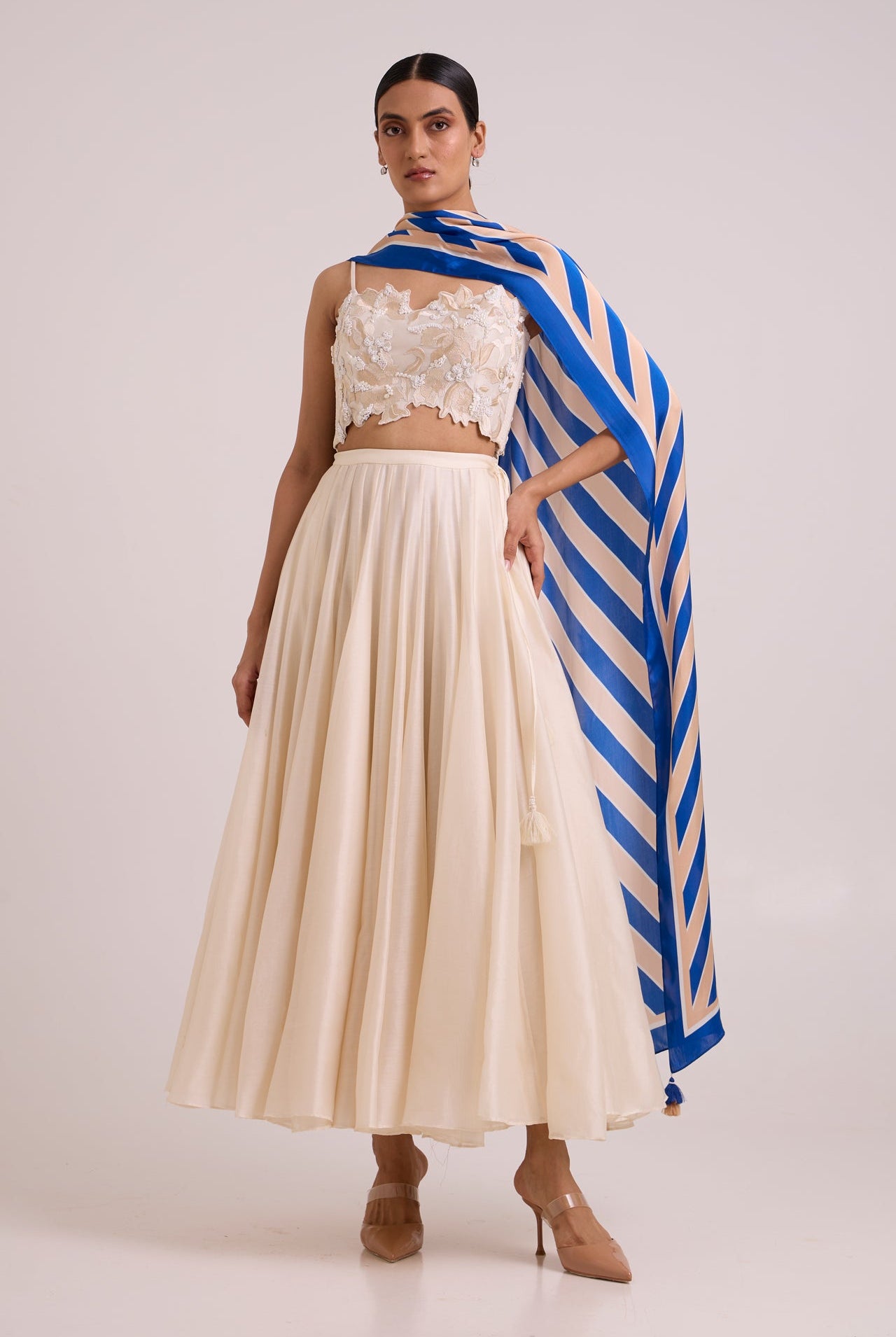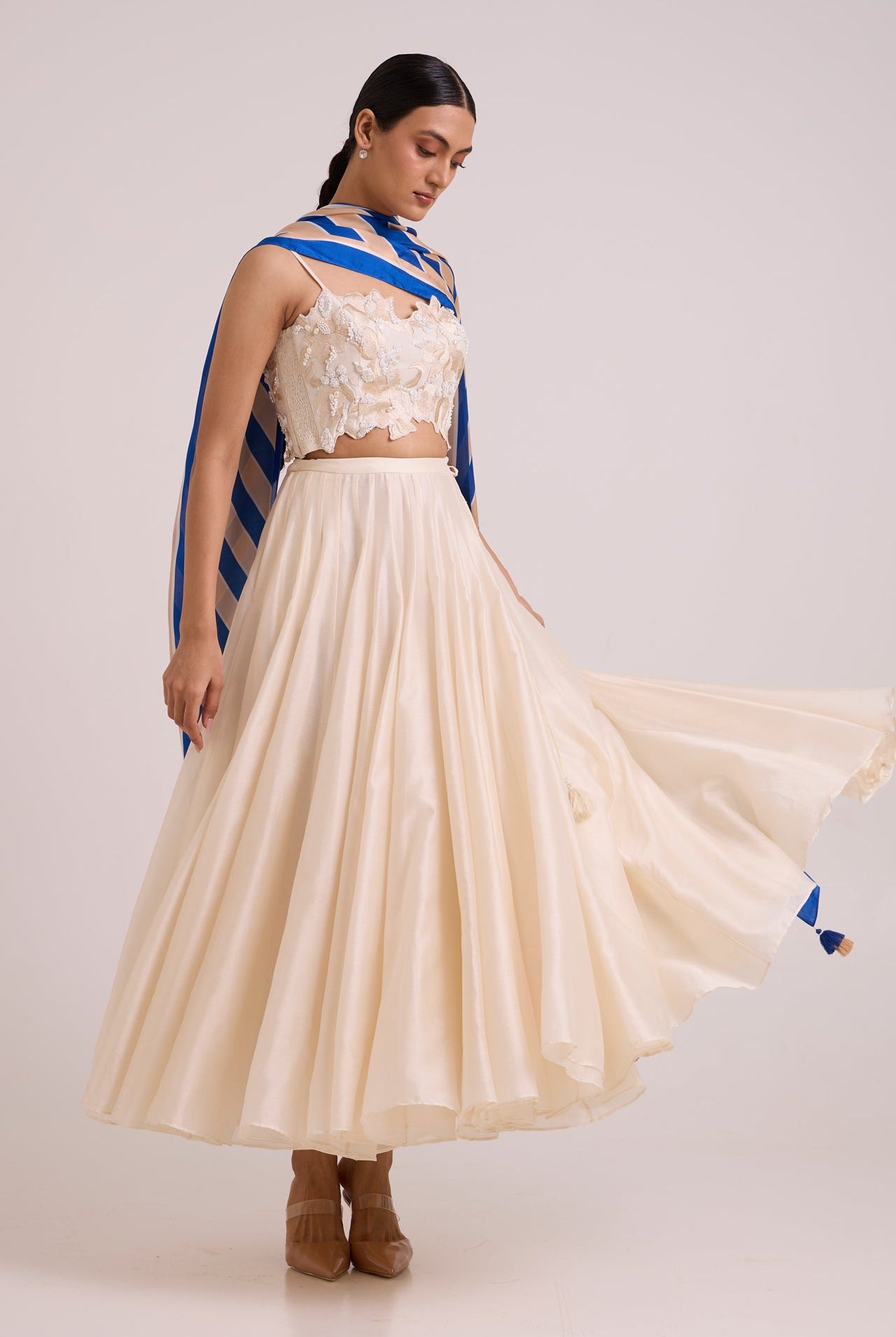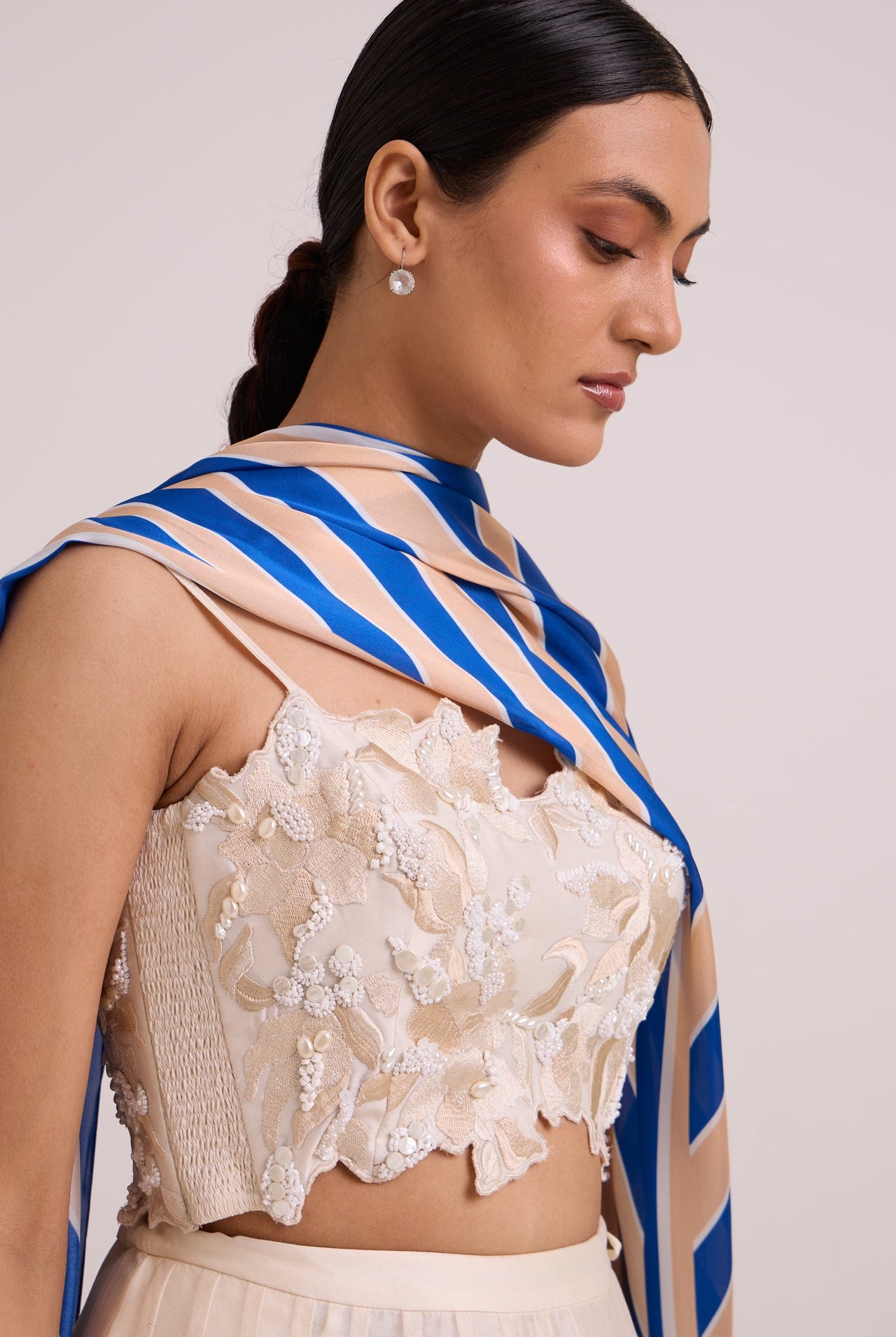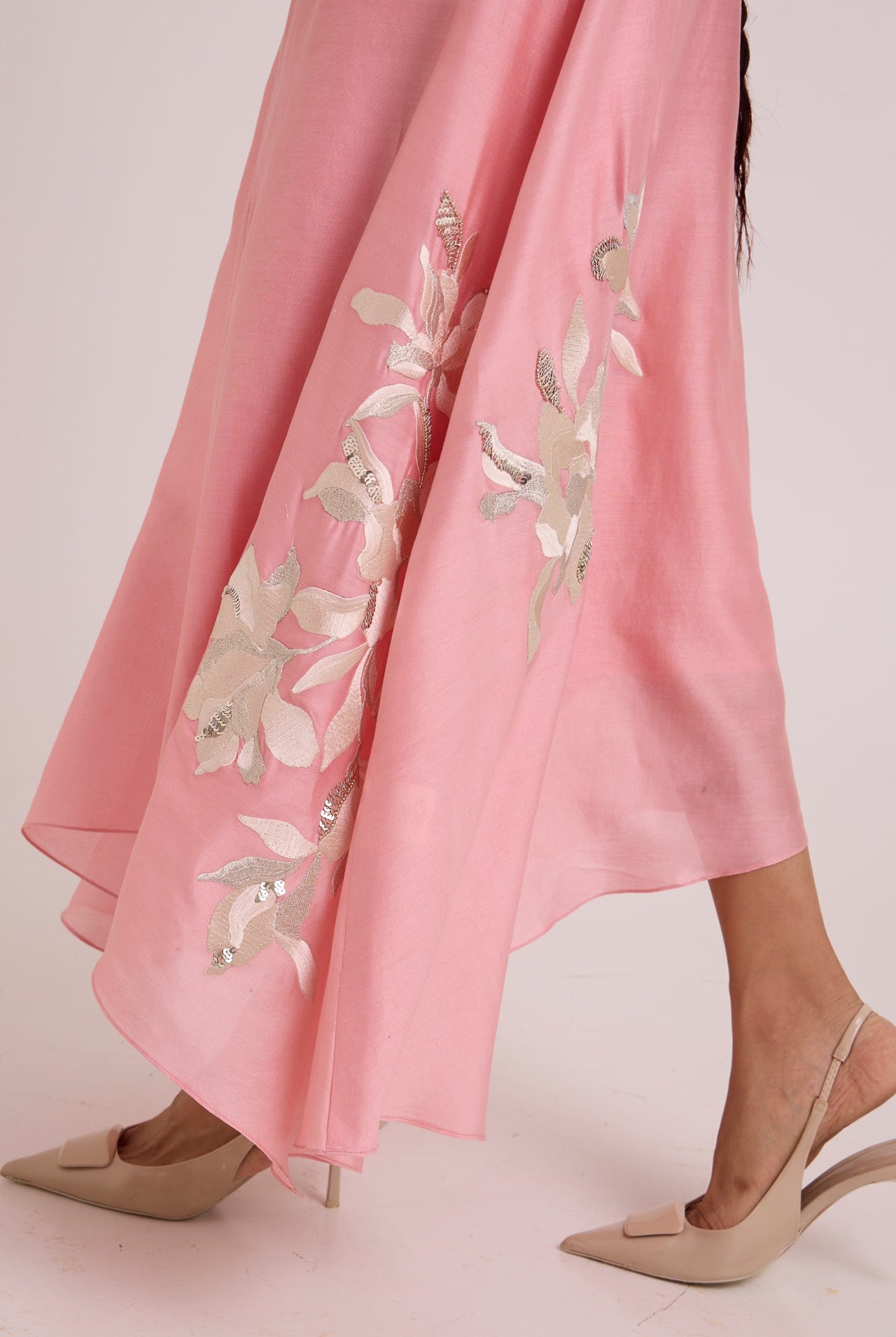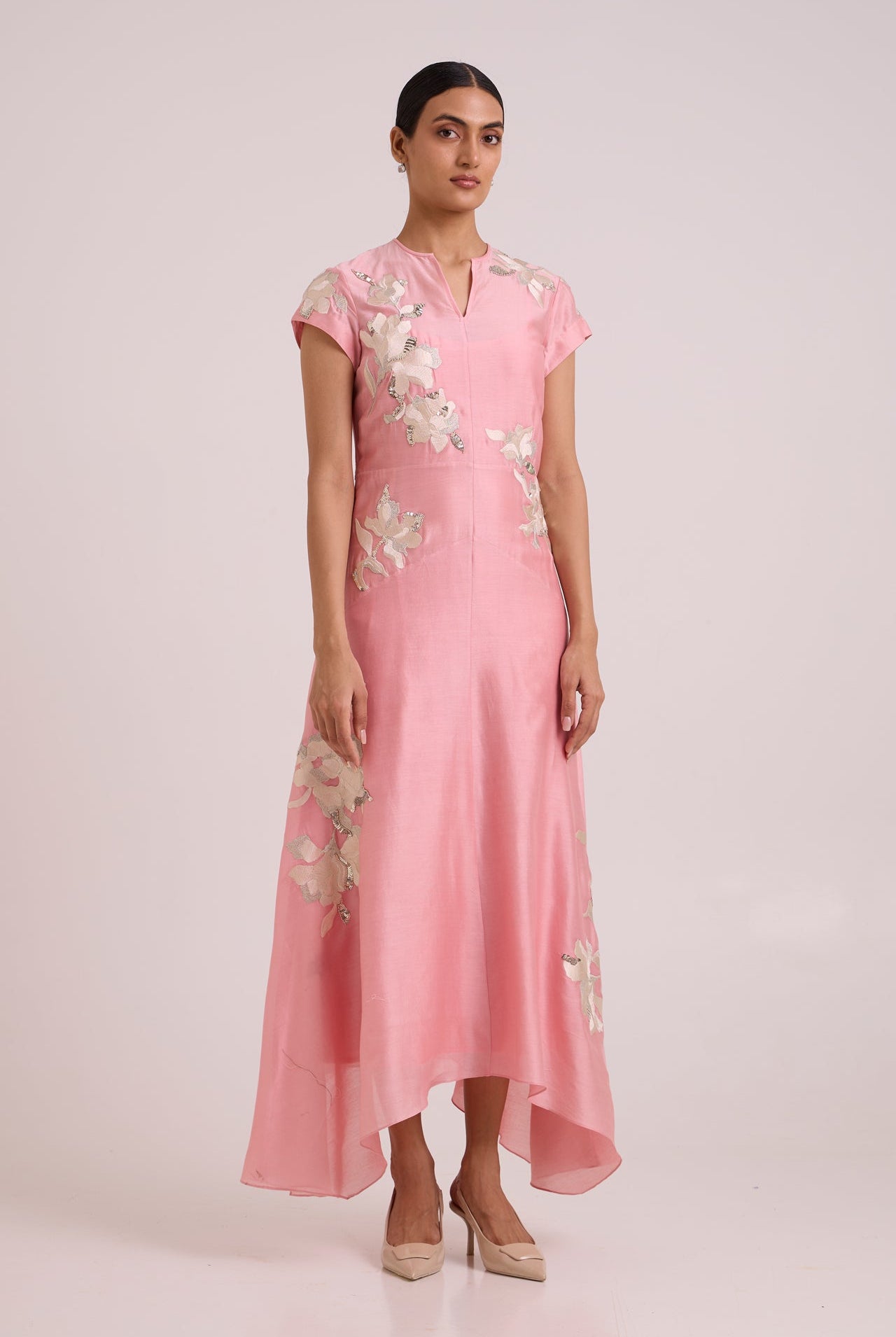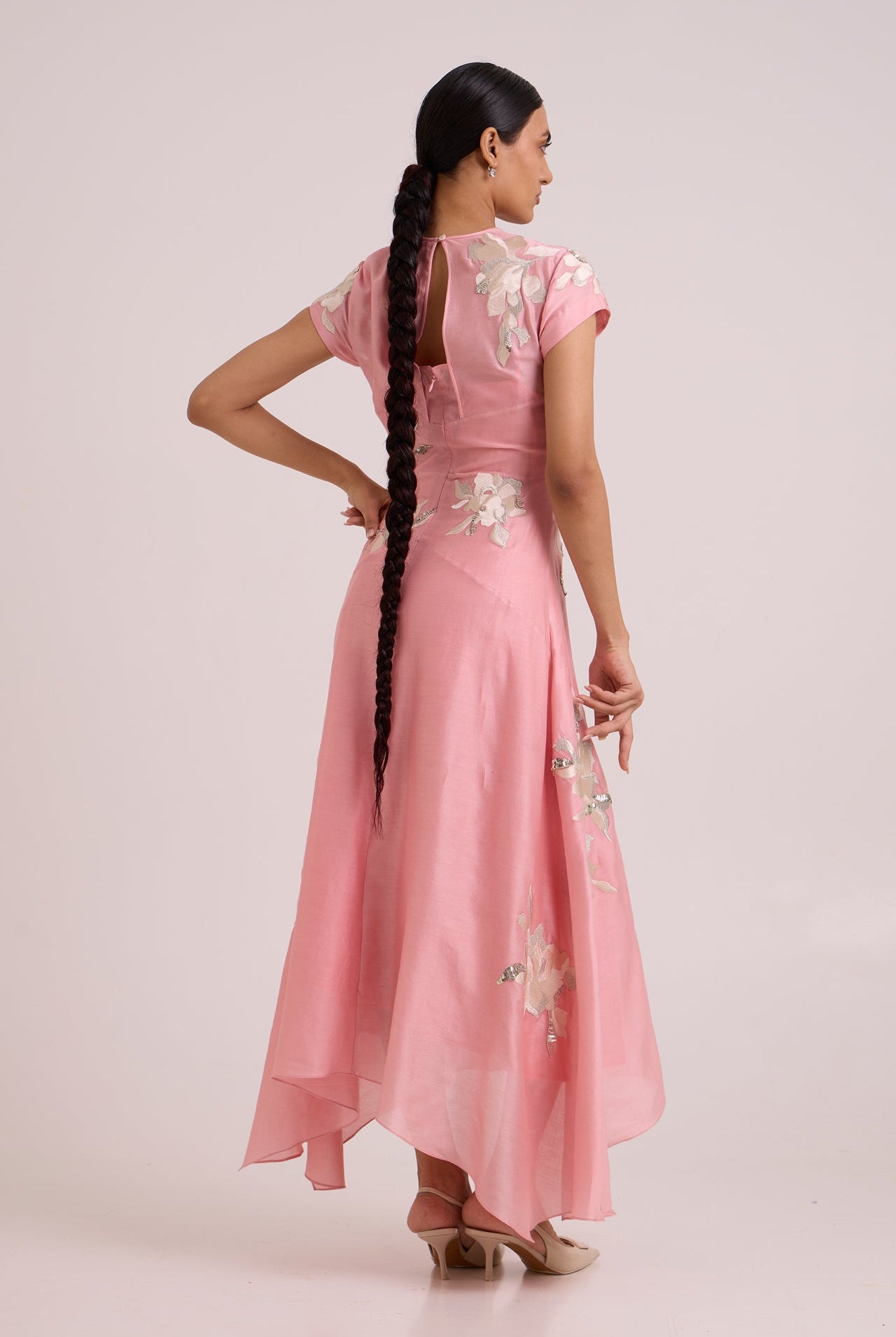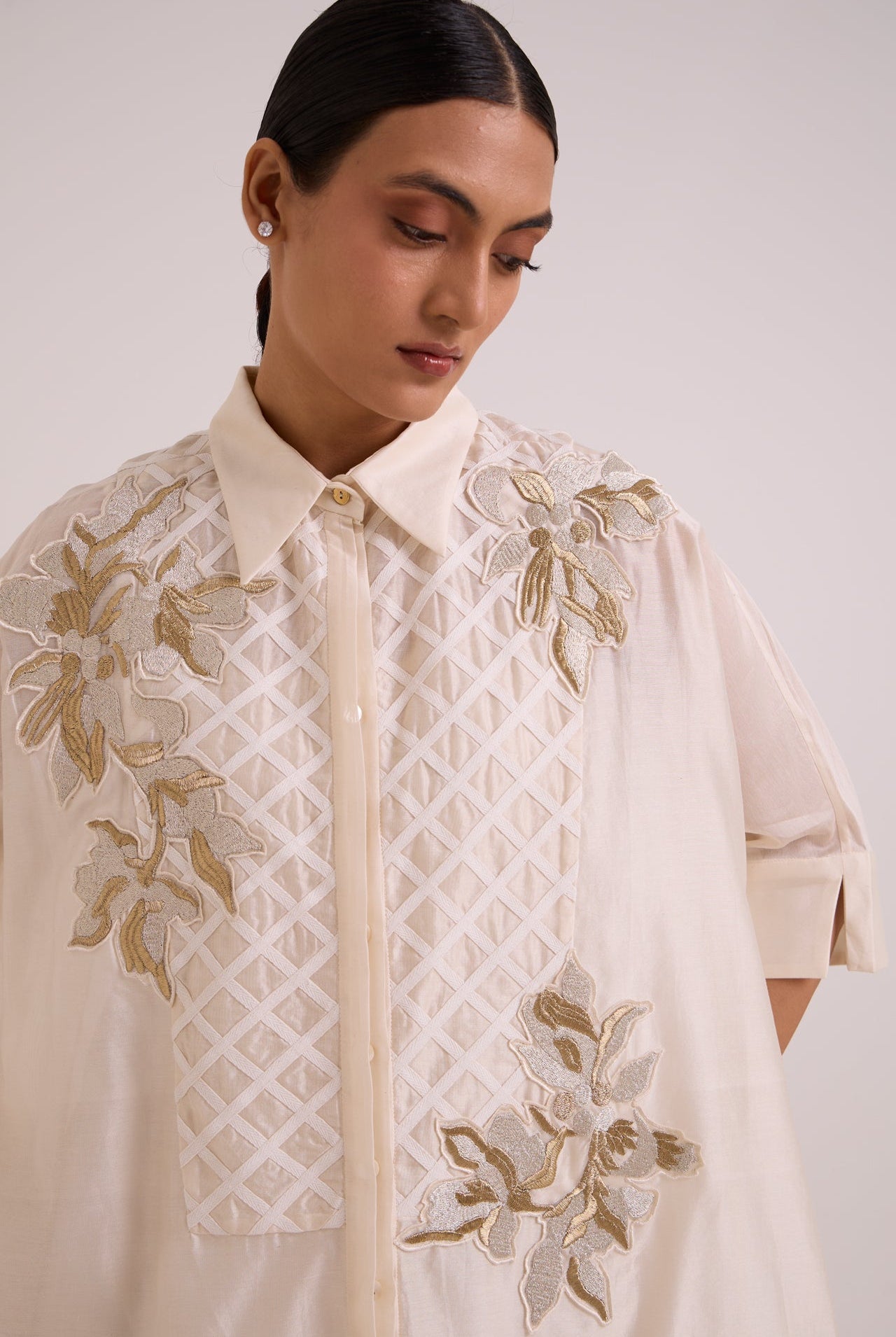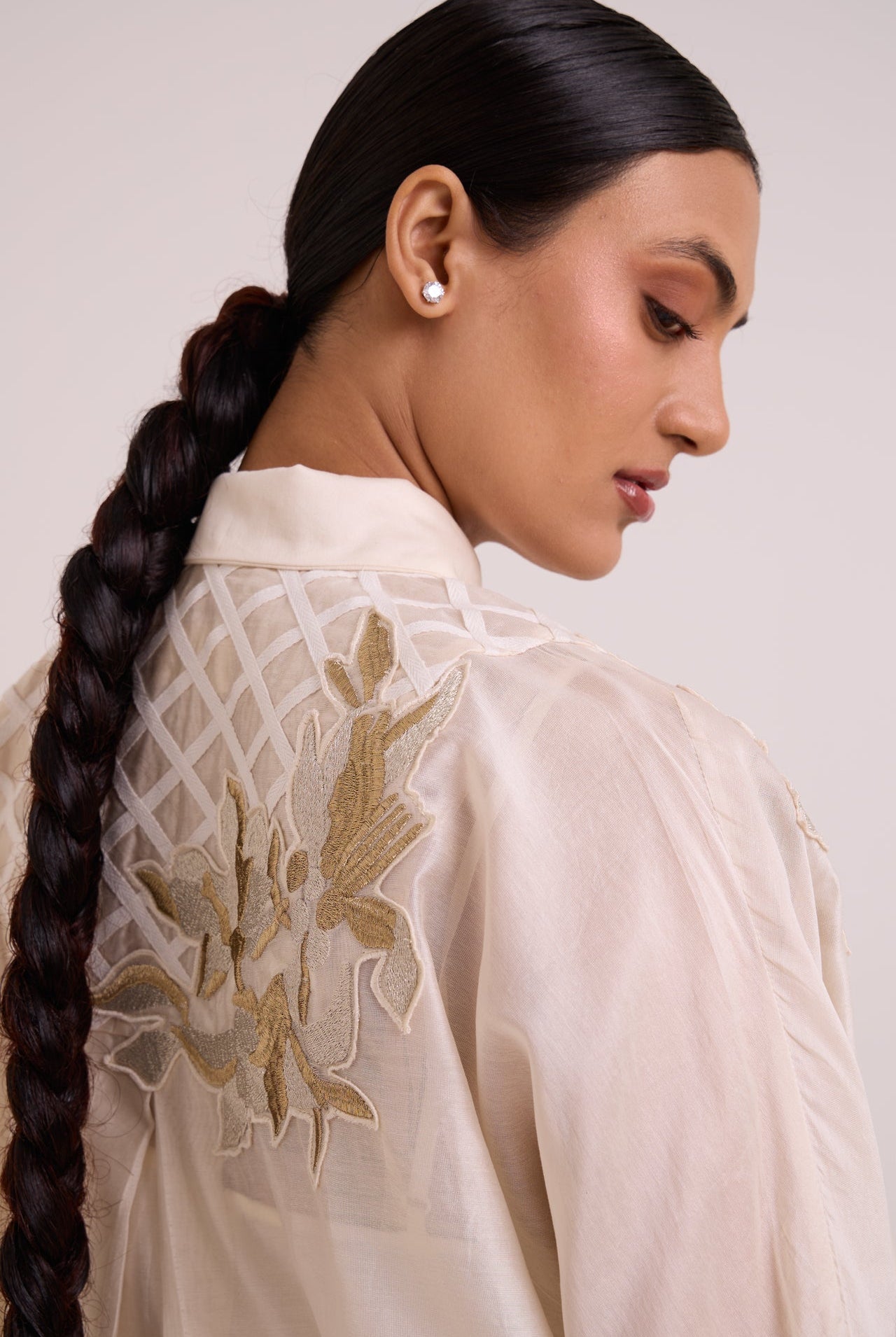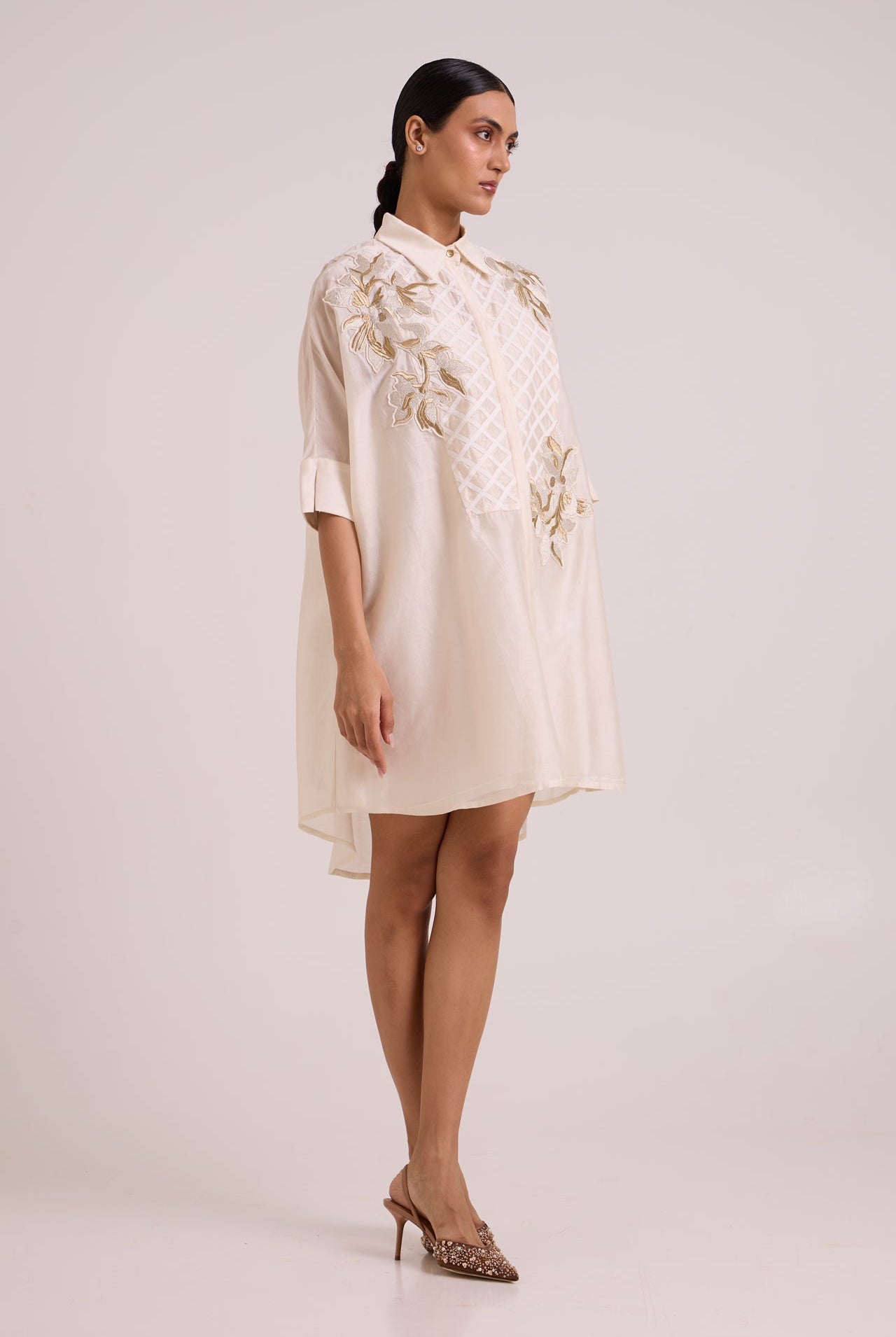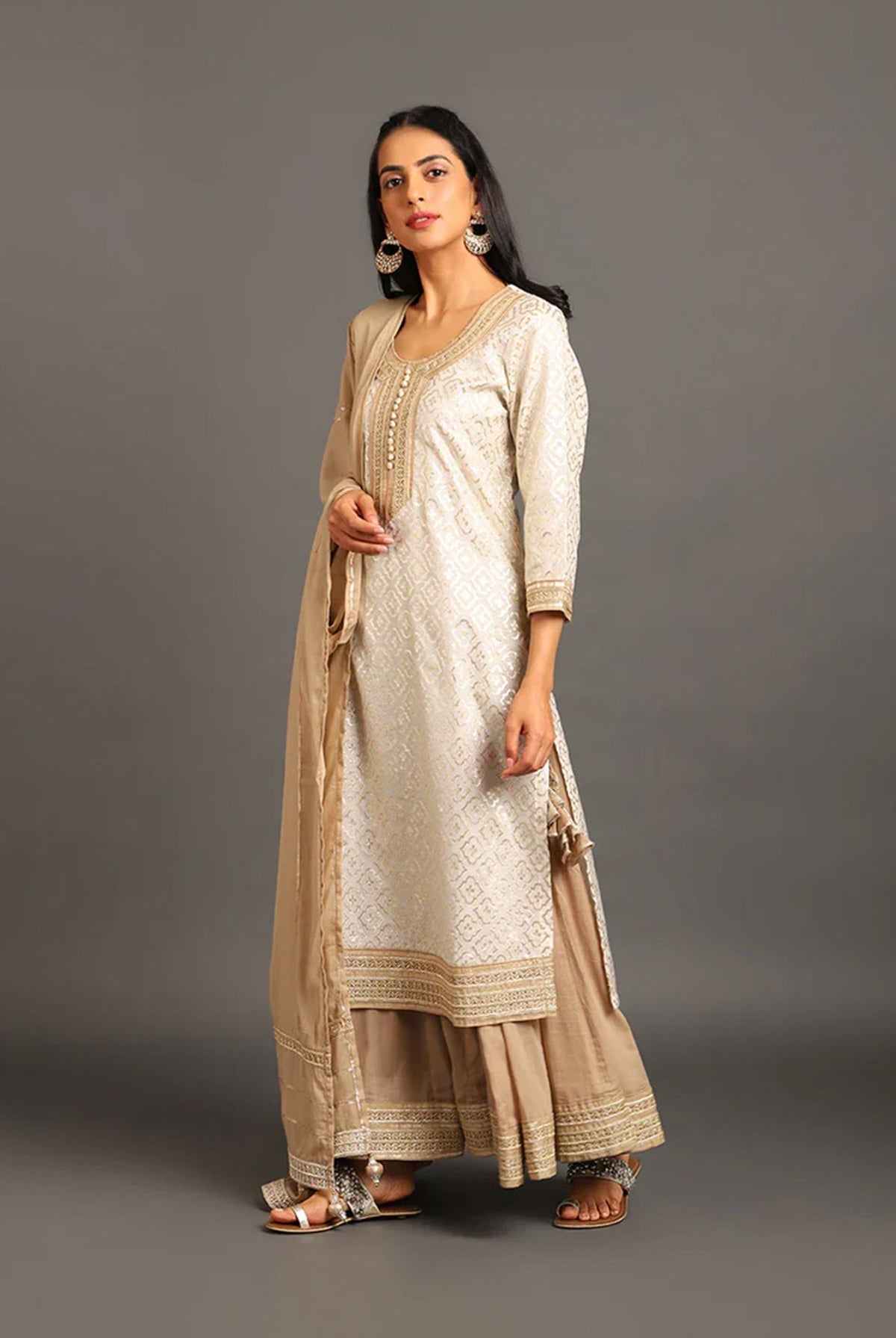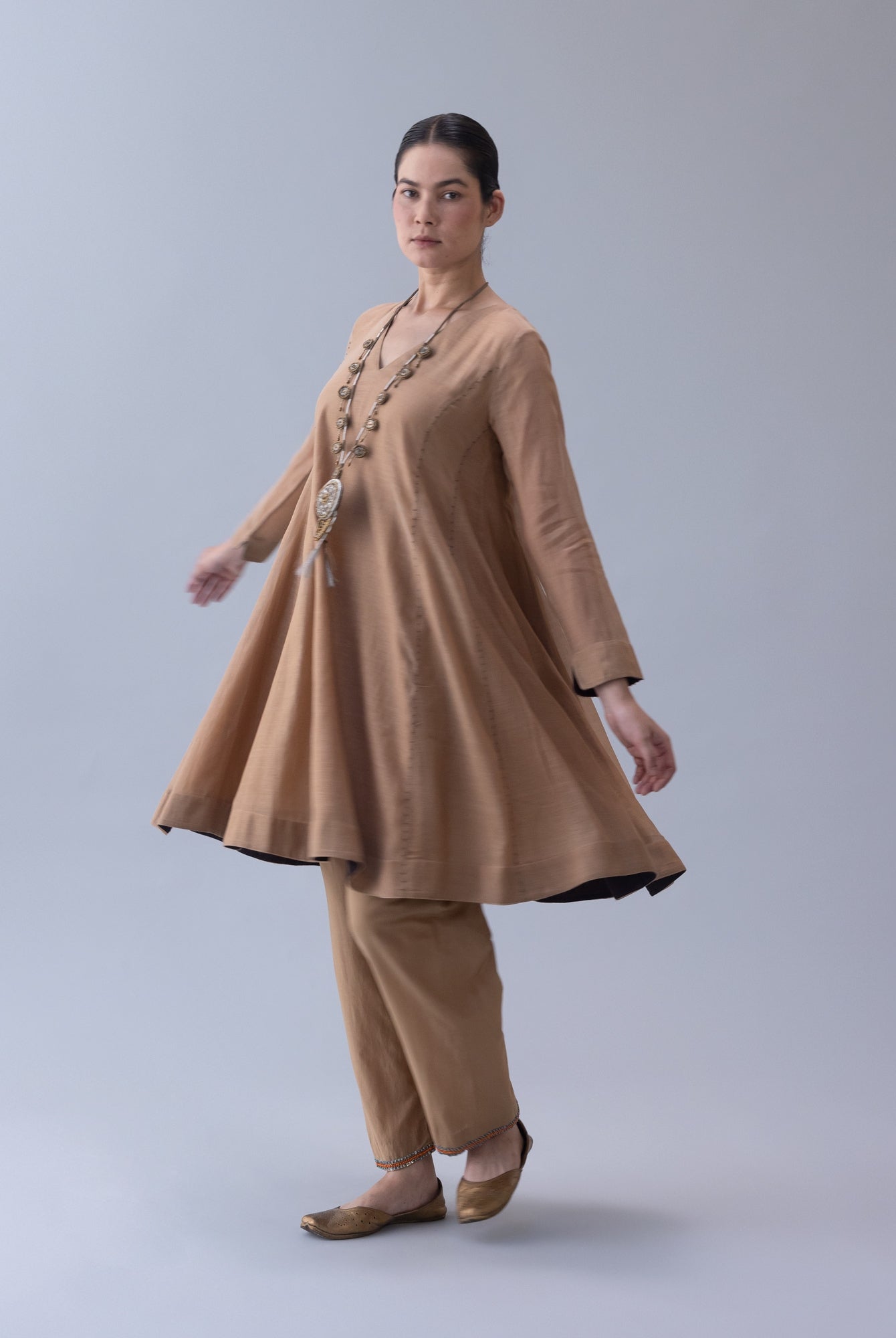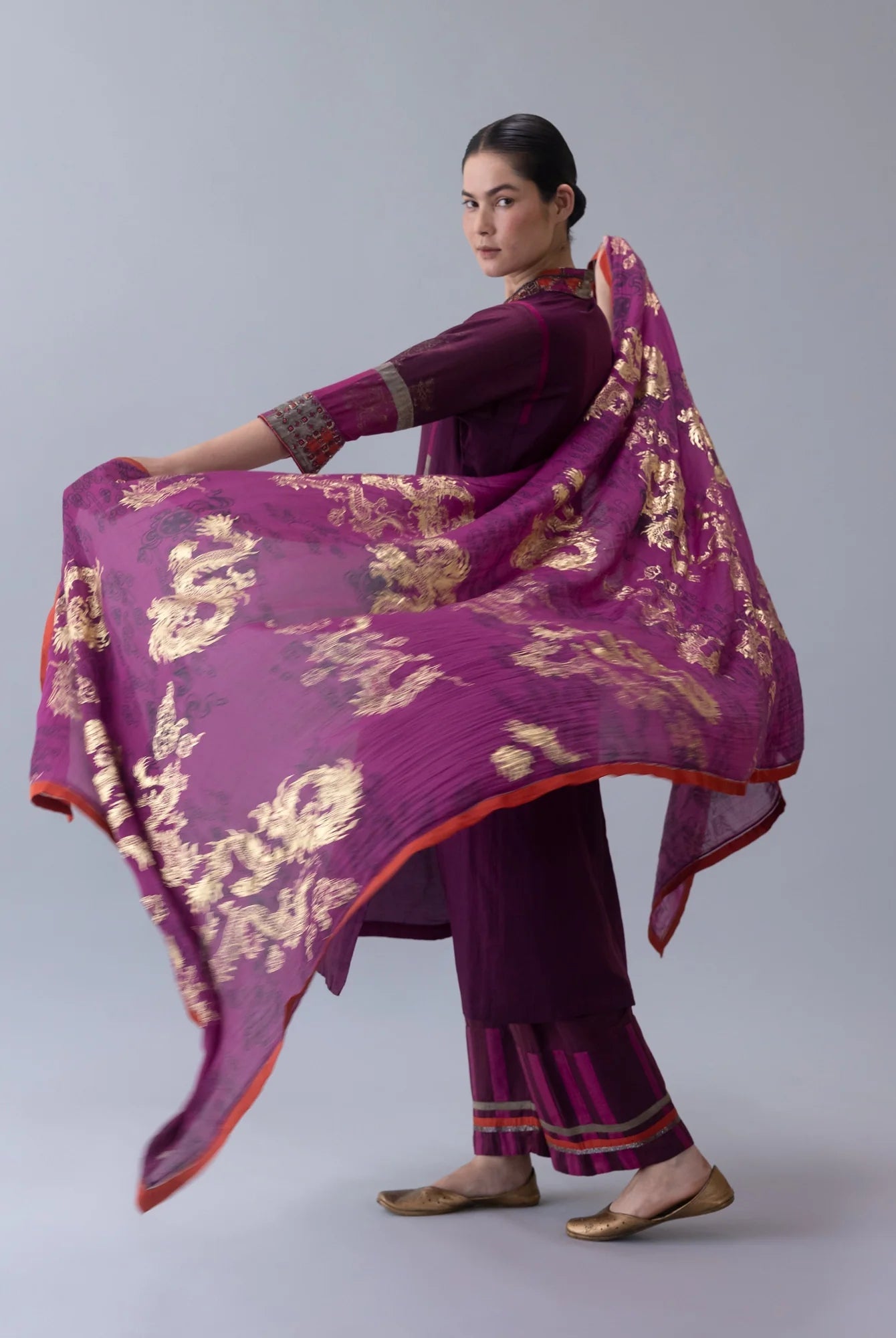Chanderi
If there is one fabric which everyone loves unanimously for its regalia, it has to be hands down chanderi. How can any other fabric ever bring in the grace and charm of delicate chanderi ? Did you know that a number of disciples migrated to Chanderi from Bengal following the Sufi Saint - Hazrat Wajihuddin in 1305. These were the days when Bengal was highly renowned for weaving of the fine muslin fabric, specifically in the Dhaka region. Gradually a community of Muslim Chanderi weavers was established, weaving and producing fine fabric. Soon Koshti weavers from Jhansi migrated and settled, introducing an illustrious touch to the weave.
In 1910, the Scindiya’s patronized the weaving industry for Chanderi Sarees protecting the weaver community from leaving the town. Much of the weaving done before the 19th century was similar to Bengali muslin, woven only in white and praised for its fineness. The courts of the Princely states of Gwalior and Baroda were the major buyers of the fabric, which was used for safas, pagdis (both types of male headwear), dupattas, lugadas and saris. Over the 20th century more colours were used.
In modern times, chanderi fabric is now used not just for sarees and dupattas but also for contemporary dresses, shirts, tops and kurta that can be worn not just for occasions but also for everyday luxe vibes. Ciceroni's chanderi curation takes you back to this timeless era.










